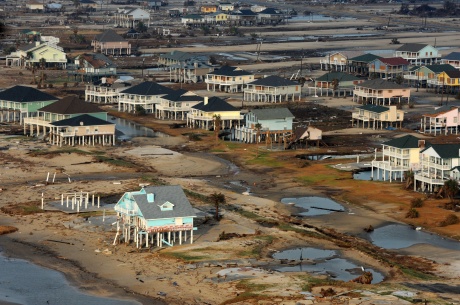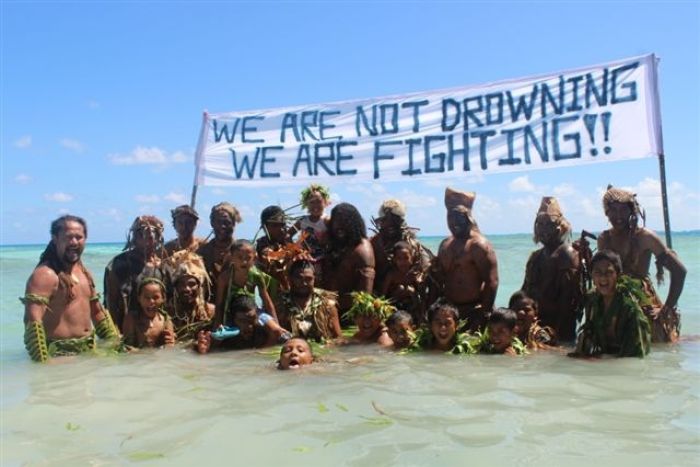by Michael Gerrard
A great deal has been said about what Hurricane Sandy was. Quite a few superlatives have appropriately been used. But I would like to list six things that Hurricane Sandy was not:
1. Hurricane Sandy was not a worst case event. It was a Category 1 hurricane when it hit New York. A Category 3 hurricane combined with high tides and certain other weather patterns could have been even worse.
2. Hurricane Sandy was not a hundred-year storm. There are a lot of different views around about whether it was a 20-year storm, a 30-year storm, or whatever, and there are quite a few scientists who think that this sort of event will hit with considerably greater frequency in the decades to come.
3. Hurricane Sandy is not the only kind of extreme weather-related event that New York City may face. Two other entirely plausible events are extreme precipitation that would cause massive flooding without any involvement of tides, high winds, or elevated seas; and protracted heat waves, with temperatures exceeding 100 degrees for weeks on end. That happened in Europe in 2003 and killed tens of thousands of people. (Perversely, standard preparation for terrible heat waves involves installing more air conditioning, which with today’s energy system runs directly counter to our goals of reducing greenhouse gas emissions.)
It is often said that generals always prepare to fight the last war. We need to be sure that we do not just prepare for the last disaster, and put all of our limited resources in guarding against that one, without thinking about the other things that could happen.
4. Storms like Hurricane Sandy are not the sort of event that can be much affected in the next several decades by our efforts to reduce greenhouse gases. The scientific projections show that there is so much heat embodied in the climate system, especially in the oceans, that global temperatures for the next three or four decades are largely already predetermined; toward the end of this century, the amount of GHG we dump into the atmosphere today and going forward will make a very large difference in global temperatures and therefore in extreme weather events, but this effect of current GHG reductions or increases won’t be evident for a long time.
5. The prospect of future storms like Sandy is not something that current law is prepared to deal with. There is no comprehensive US law about adaptation to climate change. Instead there are some scattered federal, state and local laws — some from the legislatures, some the executive branches, some from the courts — but there are not enough even to call it a patchwork of law, much less a framework. Perhaps Hurricane Sandy will inspire us to build a framework and then to fill in the gaps among the patches.
6. The prospect of future storms like Sandy is not something where our best future course of action at all plain and obvious. The magnitude of public investments that has been discussed is immense, and these projects must compete against a great many other compelling priorities. The land use decisions we face are heartbreaking — we seem to be left with a choice between rebuilding communities in places that will continue to be vulnerable to storms like Sandy, or not rebuilding them and requiring their residents and the rest of us to lose an immense amount of what we value. Perhaps a small fraction of the tens of billions of dollars we’re talking about for sea walls and flood gates should go to offering to buy out the homeowners in the extremely vulnerable areas — that should probably be on the table. After the devastating earthquake and tsunami in Chile in 2010, serious land use restrictions were imposed on coastal areas that continue to be vulnerable to such events. That, too, should be on the table. Some really tough decisions lie ahead — and failure to make a decision is itself a decision, but often the worst one.



